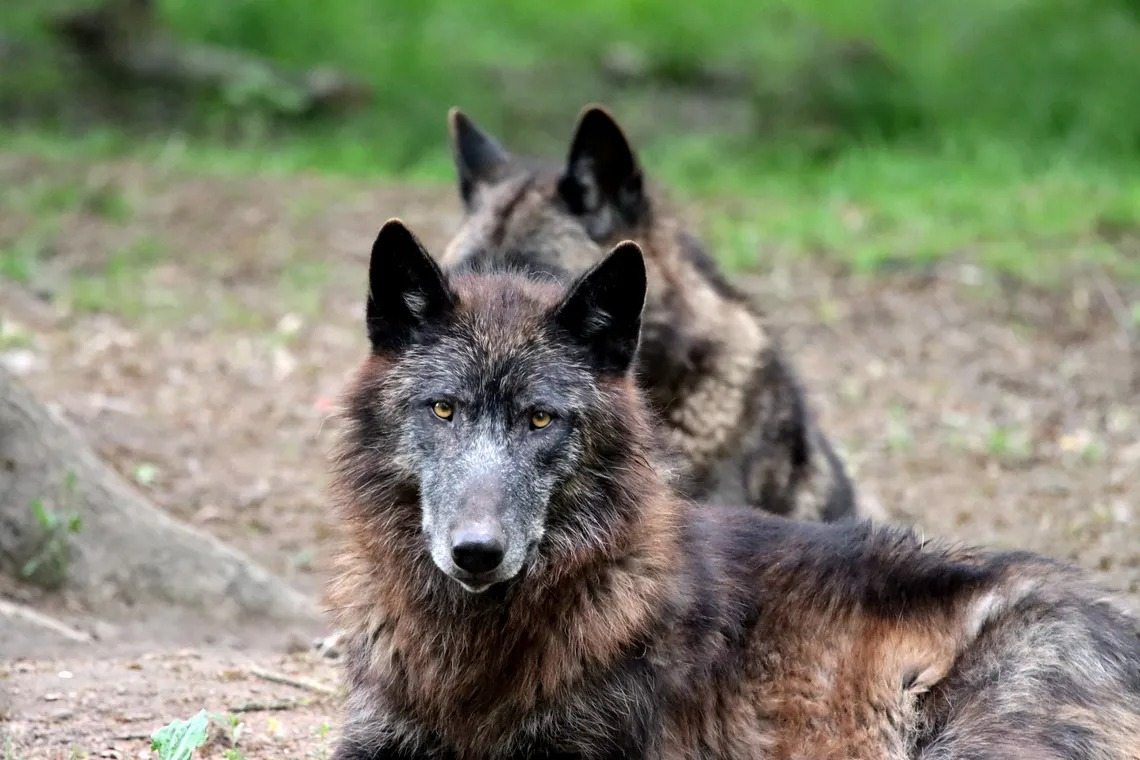American scientists took blood samples from animals in the Chornobyl zone to see how the wolf’s body responds to radiation.
It seems mutant wolves in the Chornobyl exclusion zone have developed some resistance to cancer. This discovery gives us hope that scientists will eventually find a way to fight cancer in humans.
This is according to a Sky News report based on a study presented at the Society for Integrative and Comparative Biology annual meeting in Seattle (Washington).
Kara Love, an evolutionary biologist and ecotoxicologist from Princeton University in the USA, looked at how the wolves in the Chornobyl area have survived despite being exposed to radioactive particles for generations since the 1986 disaster.
A team of researchers led by a scientist visited the Chornobyl zone in 2014 to put radio collars on wolves to monitor their movements. The collars, she says, let the team see in real-time where the wolves are and how much radiation they’re exposed to.
At the same time, American scientists took blood samples from animals in the Chornobyl zone to see how the wolves’ bodies react to radiation.
The researchers found that the wolves in Chornobyl were exposed to more than 11.28 milligrams of radiation daily, which is more than six times the safe dose for humans.
They also noticed that the wolves’ immune systems were different from what you’d expect, similar to patients undergoing radiation therapy for cancer. Genetic analysis shows that certain parts of the wolf genome have developed resistance to cancer.
Kara Love is looking to use the data to identify protective mutations that increase people’s chances of surviving cancer.
Unfortunately, the ongoing pandemic and the war with Russia have prevented scientists from returning to the Chornobyl zone to continue their research.
To recap, we saw a non-native animal in the Chornobyl Reserve in the Kyiv region: the Ussuri raccoon, or raccoon-like dog.

 Discuss
More news
Discuss
More news


